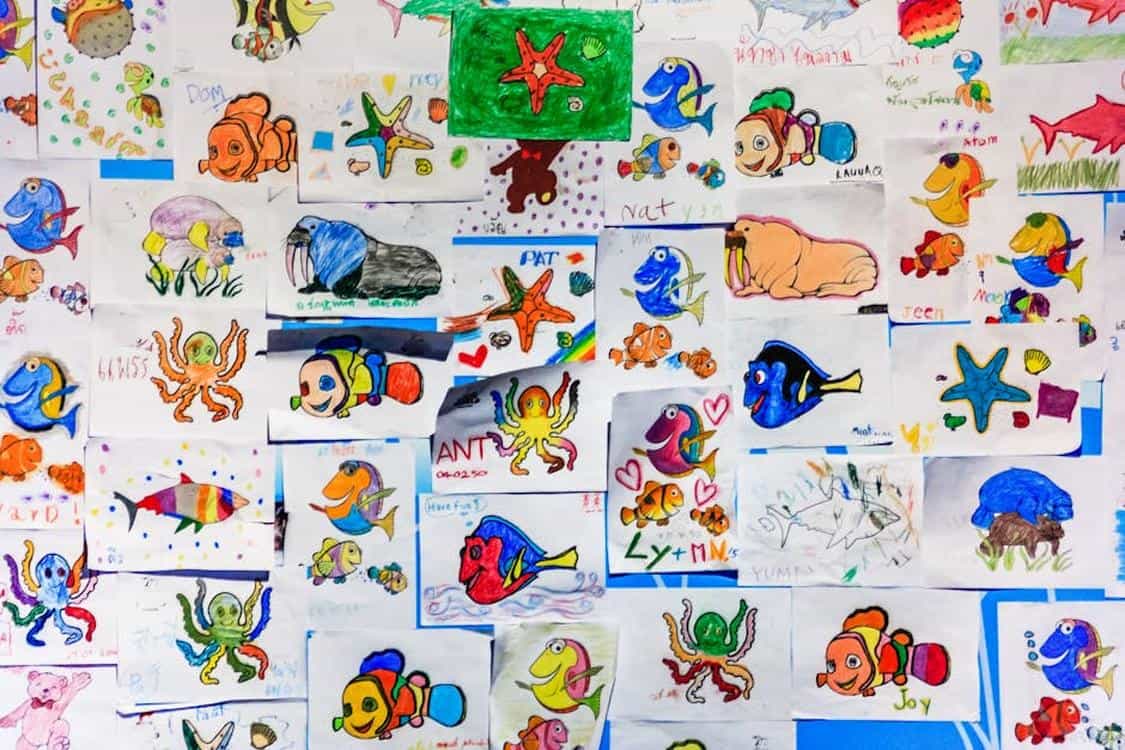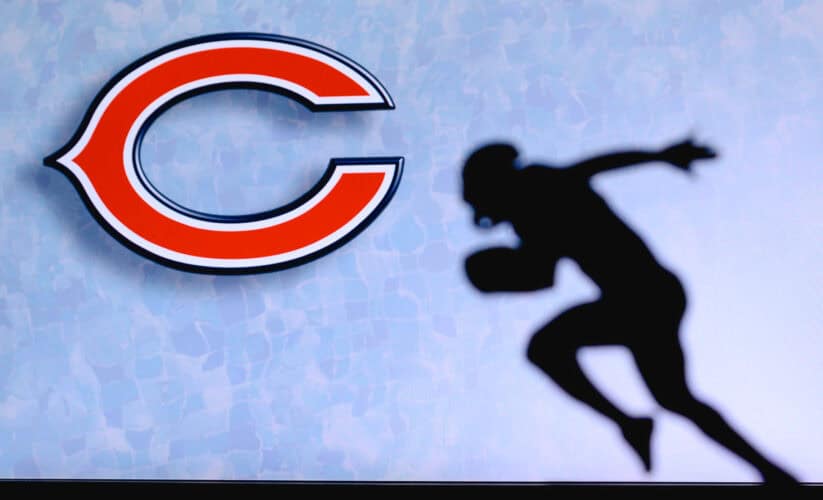
Character Clothing: Supporting Your Favorite Media Heros With Fashion
Whether you’re designing a suit to show off your character’s refined style or a costume that reflects their unique personality, the clothes your characters wear reveal truths about them. The right design choices can immerse the reader in the story and create a lasting impression.
The ’90s was a time of heroes one-upping each other with costume adornments, like massive shoulder pads and enough pouches to fill Batman’s utility belt.
Role
A character’s clothing says a lot about their personality. It reflects their tastes, beliefs and emotions. It’s important to consider these factors when designing a character’s outfit.
For example, if your character is boisterous, it would make sense to dress them in something that reflects this. Similarly, if your character is stubborn and confident, dressing them in something that reflects this could help to portray their personality. Moreover, clothes can also convey a character’s status in society. A wealthy businessman wouldn’t likely wear ripped jeans, and a family struggling to put food on the table wouldn’t usually be able to afford fancy clothes.
Besides revealing a character’s personality, clothes can also be used to convey a character’s culture. For instance, if a character is from an Asian culture, it’s important to take cultural dress into account when designing their outfit. This will ensure that the character’s costume is authentic and representative of their culture.
Another thing to keep in mind when designing a character’s outfit is their environment and setting. For instance, a character who is a mercenary or soldier will probably be dressed in more rugged, utilitarian clothes than someone who is a fashion blogger. This is because the latter will be more interested in showing off their style, while the former will be more concerned with being functional and practical.
In addition to clothing, a character’s clothes can also help set the scene and atmosphere of a story. For example, if a character is attending a ball or a party, their outfit can help to set the tone for the event. A glamorous gown can add to the intrigue of a scene, while a more casual outfit can help to portray a character’s laid-back attitude.
Creating a fashion inspiration collage for your character is a great way to get ideas on how to design their outfits. These collages can be uploaded to a character’s profile gallery, giving fan artists different options on how to approach the character’s look. This can be particularly useful if you have multiple characters that share the same clothing style, such as a group of superheroes or Disney princesses.
Culture
When you are creating a character, it is important to consider their cultural context. Not just the setting in which they live, but also what sort of cultural norms are reflected in their outfits. What might appear to be a trivial detail can reveal deeper truths about your character and their place in the world.
The clothing of your characters can convey a sense of culture through the style, color, and patterns used. In addition, the clothes can imply a certain social class or even a specific species. For example, a fantasy character’s outfits might reflect the social hierarchy of their society – knights and dwarves may wear heavy armor, while elves tend to dress in flowing gowns.
Character clothing made in the UK offers a unique blend of fun and fashion, featuring beloved characters from both classic tales and contemporary media. This kind of apparel allows fans, whether kids or adults, to showcase their favourite heroes and stories in a stylish, playful way. It’s about more than just clothing; it’s about expressing identity and nostalgia, often with a distinct British twist that can include everything from quirky humour to iconic design elements. For many, slipping into a Harry Potter hoodie or a Peppa Pig tee isn’t just about comfort—it’s about bringing a bit of magic and joy into everyday life.
A character’s costume can also encapsulate their culture through the use of symbols or motifs. This is especially common with comic books, which often evoke the era in which they were first created through the fashion and aesthetics of their costumes. For example, the ’60s brought us the feminist heroines Susan Richards of the Fantastic Four and Jean Grey of the X-Men, who both wore unisex clothing with their male teammates.
Costumes can also be a way for a writer to convey a political message or to comment on current social trends. For example, Carrie’s stylish outfits in Sister Carrie reflect her aspirations and ambitions, while Margaret Atwood uses the clothing of the Handmaids to comment on the garment industry’s exploitative practices in Oryx and Crake.
Whether your character is a superhero, a princess, or a cartoon mouse, their outfits must be authentic to the cultural context of their world. Licensed character clothing is ideal for this purpose, as it can be marketed in multiple ways across a range of retail stores and channels. This means that your customers can shop for their favorite media heroes in the same location they shop for other brands and styles of clothing. This unified approach to product merchandising has been a successful strategy for many retailers, including Cerda. The company has a long history of working with major licensed brand partners to create high-quality apparel and accessories for their products.
Genre

Whether it’s a scene with a princess in a castle or an elf wearing a long dress, character clothing can reveal something about their setting. It can also suggest their social class, age and other traits. Detailed descriptions can help immerse readers in the setting and make them feel more connected to the characters. However, it’s important to remember that these details should not overshadow the story itself.
If a character’s clothes do not add to the plot, it may be best to leave them out. It’s also important to consider whether or not the character is a focal point in the scene. Focal characters tend to receive more attention to detail when it comes to their outfits than background characters. This is especially true in video games, where the main character’s costume is often more elaborate than that of the NPCs around them.
The genre of a story will also influence the type of clothing a character wears. For example, if the setting is a medieval fantasy world, then characters will likely wear armor and weapons appropriate for that time period. Likewise, if a character is a superhero, their clothes should reflect the nature of their powers and role.
Clothing can reveal a lot about a character, but it’s important to pair it with other details to provide more context. For example, if a character wears mismatched socks and an old T-shirt, this could indicate they are a slob or have poor hygiene. On the other hand, it could be a sign of mental distress or a way to show that they are struggling.
In addition to the fabric and style of a character’s outfit, it’s important to consider where they live, what the weather is like and any traditional styles that may exist. It’s also important to consider how they might express their individuality through their clothing, such as through piercings or tattoos.
When it comes to character outfit ideas, the best ones are those that reflect a larger world and the character’s connection to it. The ’90s were known for heroes one-upping each other with massive shoulder pads, arm and leg straps and enough pouches to make Batman jealous.
Style
For many fans, designing character clothing is a passion. It’s a fun and rewarding distraction that can even become an obsession. It’s not uncommon for fans to go as far as creating full costumes for their OCs. To find inspiration, it may be helpful to study how other creators across film, television, and comics have designed their characters’ outfits. In addition, using social features such as CharacterHub can help fan artists hone their design skills and find valuable feedback from other community members.
The style of a costume also tells a story. For example, a character’s choice of clothes can reveal information about their personality and the state of their mental health. Rumpled sweats and mismatched socks may suggest a messy lifestyle, while an intricately detailed gown can indicate high class or wealth.
Costumes can also be used to establish a world or time period. For instance, an anime character that depicts demon slayers may wear clothing from the Taisho era. This is a nod to the long history of Japan’s demon slaying tradition and the way it clashes with the modern, 20th-century world in which the character lives.
Lastly, character outfits can be used to communicate a character’s progression in a story. For example, a hero in a video game might start out with simple outfits, but once they gain more experience and power, their wardrobe becomes more elaborate.
There are endless possibilities when it comes to character fashion. But if you want to create a powerful and memorable image for your OC, it’s important to keep these tips in mind. With careful planning and consideration, you can create an outfit that will be as memorable as your character. Good luck!





